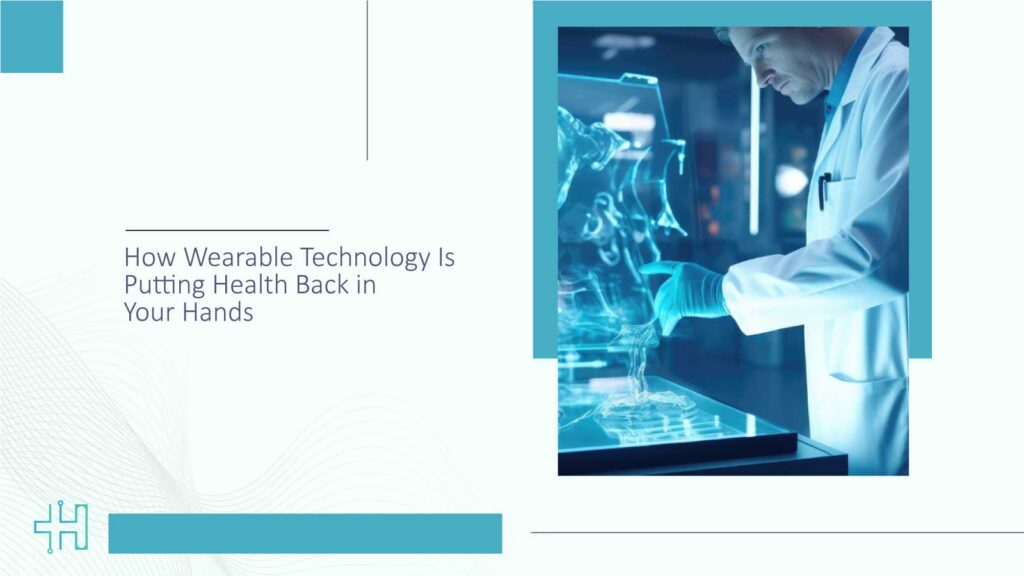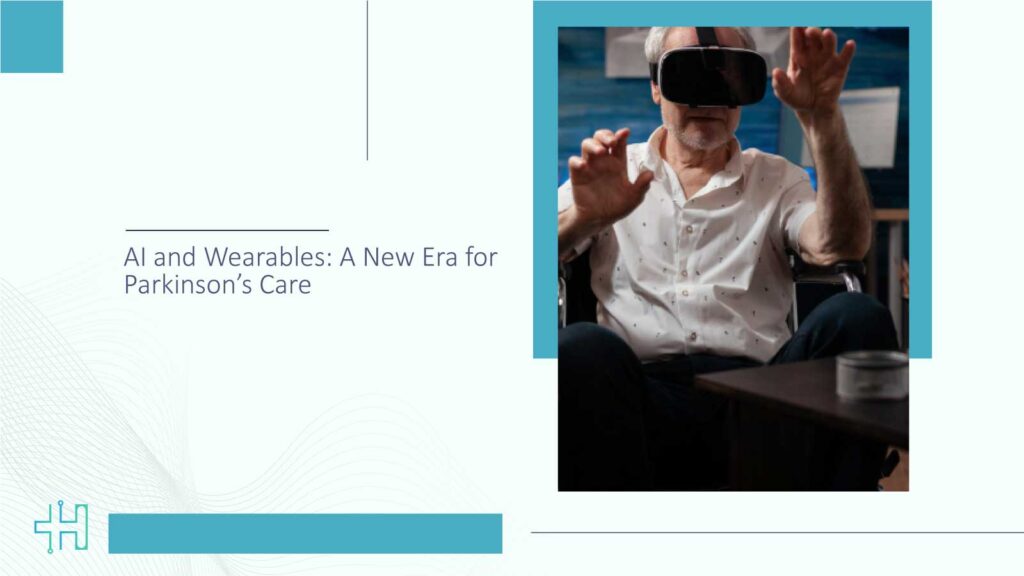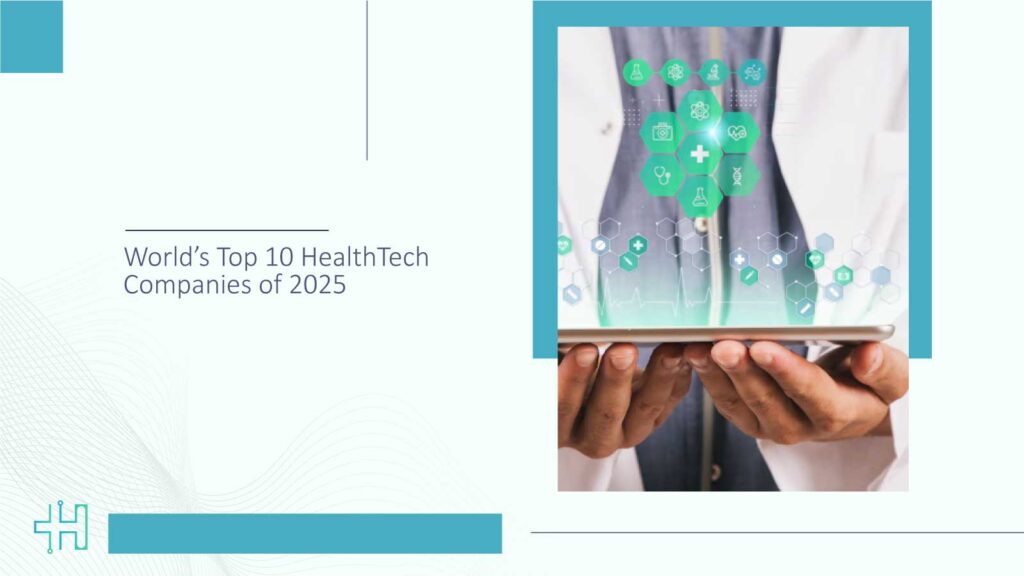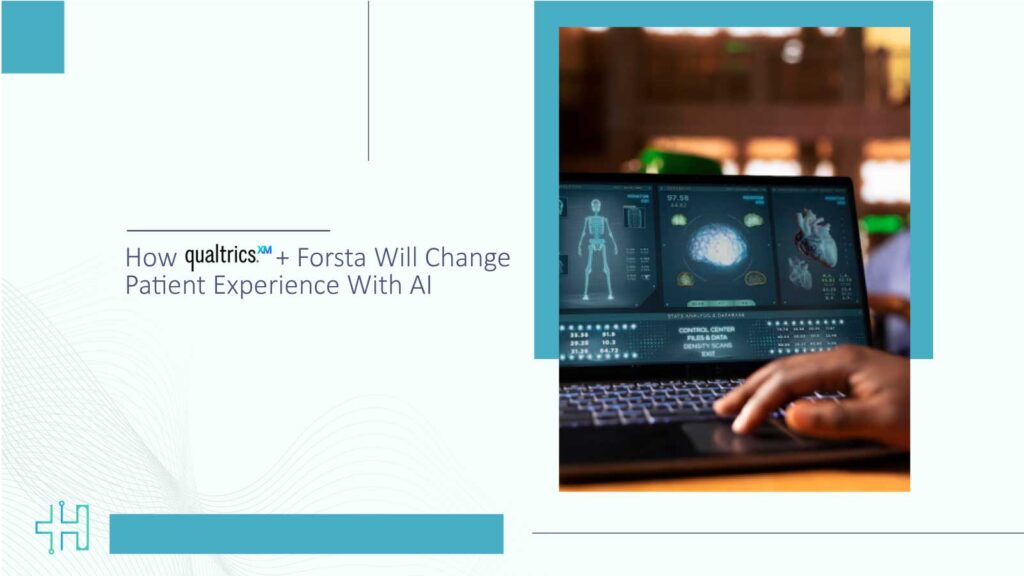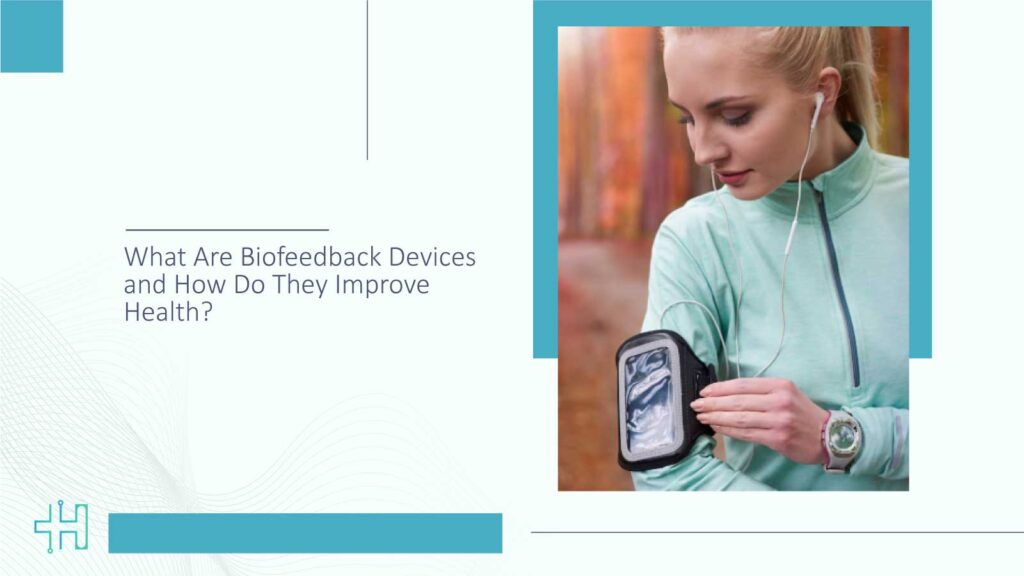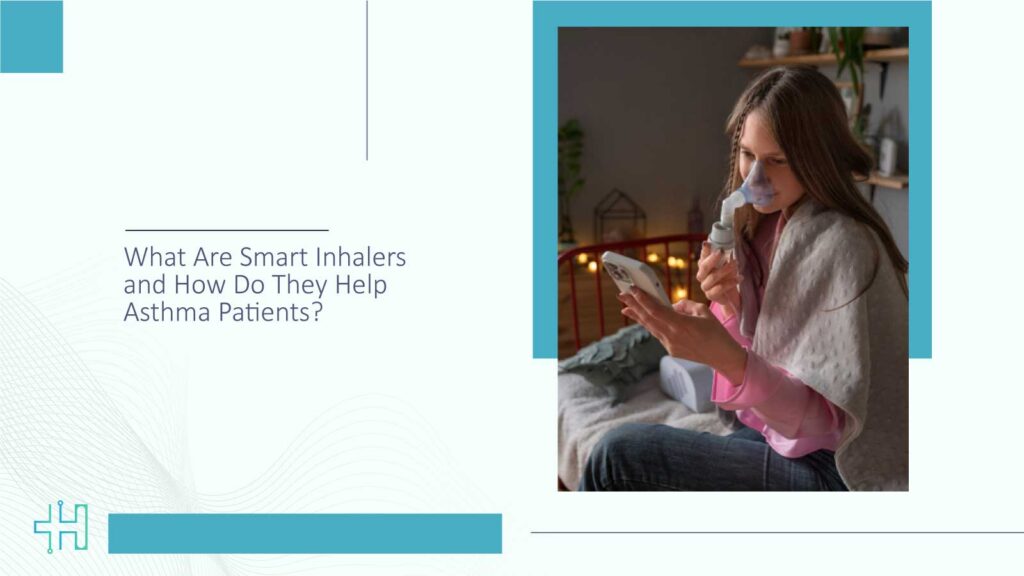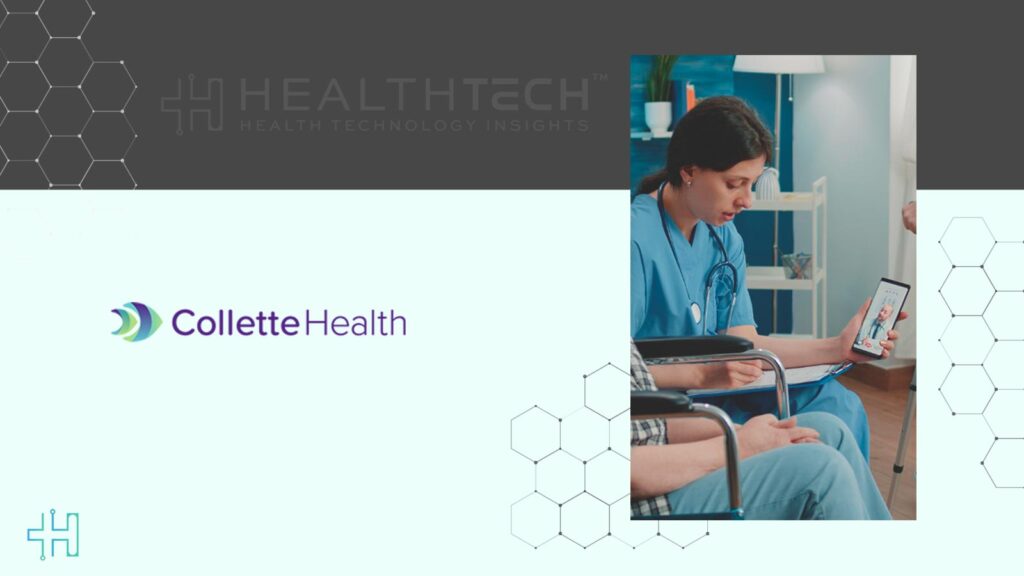Emma’s morning ring alert wasn’t dramatic. No flashing lights. Just a tap and a tiny uptick in heart rate. That nudge led her to sip water, slow down, and go back to bed. Simple. Yet it represented how wearable technology is putting health back in your hands. That quiet empowerment is now real.
Redefining Health Conversations
Health is moving from episodic visits to daily awareness. Wearables, rings, watches, and chest patches that listen to your body. They spot patterns and speak in your language: “You might be tired,” or “Your stress level is high.” That conversational tone changes everything.
What You’ll Discover
- How the global wearable market exploded.
- Medical-grade evidence behind popular devices.
- Real-world stories from seniors to athletes.
- AI-driven coaching, your fashion accessory couldn’t.
- Ethical, inclusive design that builds trust.
- Practical steps for scaling wearable strategies.
This isn’t tech for technology’s sake. It’s deeply human. These devices are helping people notice small changes before they become big problems. They’re building awareness and, with it, better health futures.
The Surge: Why Wearables Exploded

Market Growth
- From novelty to necessity: The global wearable technology market soared from $157 billion in 2024 to a projected $1.7 trillion by 2032, growing at a staggering 34.9% CAGR.
- North America leads, capturing nearly 42% of global revenues.
- Another forecast expects the market to swell from $53 billion in 2023 to $466 billion by 2032.
Drivers of Demand
- Miniaturization & sensor advancement: Cutting-edge sensors now fit on rings or behind ear-worn devices: tracking ECG, hydration, and stress.
- IoT & AI integration: Wearables sync with smart homes, AI coaches, and enterprise platforms.
- Willing users: In 2024, 52% of consumers say they want smarter health tools.
Market Segmentation
- Smartwatches dominate wrist-worn tech, followed by fitness bands and smart rings.
- Healthcare wearables, like glucose and ECG patches, are a fast-growing niche.
Investment Time
- Over $8 billion invested in wearable startups across 27,000+ funding rounds.
- Concrete support: In March 2025, Samsung announced its AI-powered Galaxy Ring, indicating tech giants are prioritizing health features.
Human Angle
Sarah, a busy executive, shares: “I don’t want another screen, but I want to feel in tune with my body.” Wearables serve that need, data delivered gently, contextually, every day.
Trusted Tools: From Wellness to Medicine
Trust Through Validation
- A meta-analysis of wrist-worn wearables reported 96.8% sensitivity and 98.8% specificity for atrial fibrillation detection.
- Another review confirmed 95% sensitivity and specificity for Apple Watch ECG.
Standout Devices
- Apple Watch Series 9: ECG functionality with 98.3% sensitivity and 99.6% specificity compared to hospital ECGs.
- Empatica Embrace 2: FDA-cleared detection of tonic-clonic seizures, giving families safety at night.
Clinical Tools in Action
- The Apple Heart Study with Stanford validated 84% detection accuracy for AFib via watch alerts.
- Zio Patch by iRhythm found more AFib than standard care but didn’t translate to immediate stroke reduction, raising questions on follow-up protocols.
Real-World Trust
Dr. Marcus of UCSF advises caution: “Even accurate tests can scare healthy people into unnecessary treatment.” Yet he praises the ability of wearables to uncover undiagnosed AFib.
Why It Matters
Devices are no longer consumer toys. They anchor themselves in medical-grade data. Wearable tools must meet clinical standards. This is how health moves from promise to practice.
Ground-Level Impact: Real-World Stories That Resonate
A. Athletes and Executives: Performance Beyond the Gym
- Extreme performance, everyday life: WHOOP and Oura designed wearables for pro athletes. They now help busy professionals detect fatigue or recovery issues.
- The real benefit, real change: In field-heavy roles like mining, hydration, and stress alerts can reduce incidents. Wearables act like portable wellness coaches, visible in boardrooms or on-site floor plans.
B. Seizure Monitoring Through Empatica Embrace2
- FDA approval meets family reassurance: The Embrace2 bracelet, FDA-cleared for tonic-clonic seizures, automatically alerts caregivers with 98% detection accuracy and low false alerts.
- Tech you can sleep in: One parent noted, “It’s not about fear, it’s about comfort. We sleep easier knowing it’s there.”
- Design that works at night: With a 7-day battery, water resistance, and silent alerts, the Embrace works seamlessly into people’s routines.
C. Women’s Health: Oura’s Empowerment for Cycle Tracking
- Accuracy meets autonomy: In a study of 1,155 menstrual cycles, Oura predicted ovulation correctly 96.4% of the time, with a 1.26-day error, 2.7 times better than standard calendar methods.
- Night-time sensor power: Finger temperature at night, a proxy for hormonal change, aligns well with clinical methods, adding comfort and invisibility.
- Inclusive research: Stanford is using Oura to study diverse groups during perimenopause, highlighting hot flashes, HRV dips, and sleep disruption among 100,000 users.
- Real lives, better planning: One user shared on Tom’s Guide, “The ring quietly shifted how I plan my days around my cycle, no intrusive logs or temperature routines.”
D. Remote Patient Monitoring in Diabetes
- Real-time sharing saves ER trips: A 2023 review found RPM reduced ER visits by 51%, medical visits by 47%, and hospital admissions by 40%, especially in seniors.
- Meaningful engagement: Over 97% of RPM patients report satisfaction. Readmissions for Medicare patients dropped 76%.
- Monitoring glucose at home: Patients using smartwatches and CGM integration improved outcomes, fewer spikes, and fewer crises. Clinicians respond promptly from far away.
E. Elder-Care and Post-Op Support
- More than fall alerts: These devices detect subtle signs, like elevated resting heart rate, that often signal early infection or recovery problems.
- Stories of saved trips: A senior’s heart and activity dip triggered a call and early intervention that avoided a hospital stay.
- Peace for families: Caregivers appreciate gentle alerts: “Mom’s resting rate rose overnight” as much as seniors do.
F. High-Stakes Roles: Safety Through Insight
- First responders and flying professionals: Wearables track heat stress, fatigue levels, cognitive readiness, and vital signs.
- NASA-grade tech: Smart shirts used in space exploration to monitor how astronauts physically handle stress, laying the groundwork for wearables on Earth.
AI That Guides, Not Dictates
We’re used to tech giving us commands such as: “Stand now,” “Breathe,” or “You haven’t walked enough today.” But the smartest wearables today don’t dictate. They guide. The real innovation isn’t just in sensors, it’s in the intelligence behind the scenes.
A. Smarter Sensors Meet Smarter Software
- Modern AI models take your baseline data and learn your unique health rhythm.
- Instead of comparing you to a generic ideal, they focus on personalized thresholds.
- For example, WHOOP might say, “Based on your recent HRV and sleep debt, today’s a recovery day.”
- The emphasis shifts from compliance to conversation. You’re in control.
B. Sleep Coaching Gets Personal
- Sleep quality isn’t just about hours; it’s about rhythm.
- Tools like Fitbit Sense and Oura offer personalized readiness scores each morning.
- They track sleep stages, respiration, heart rate, and skin temperature to calculate whether you should push or pause.
- One Oura user shared on Reddit: “It helped me realize I always got sick after late-night binge work. I finally respected my circadian rhythm.”
C. Micro Nudges That Matter
- Nudging isn’t nagging, it’s a science-backed strategy.
- Example: When Garmin detects elevated stress (from heart-rate variability), it prompts a breathing break.
- Instead of a beep, it might glow or gently vibrate.
- Small signals lead to behavior shifts without friction.
D. Pattern Recognition That Protects
- Apple’s WatchOS now alerts users if walking steadiness decreases, a potential sign of a fall risk.
- Chronic condition management also gets a boost.
- In one study by Mount Sinai, machine learning from wearable data predicted COVID-19 onset up to 3 days early based on respiratory and heart metrics.
E. User-Centered Language
- Forget the old, robotic dashboards.
- Smart UIs now use friendly, context-rich phrasing:
- “You’ve been pushing hard; your body might thank you for a break.”
- “Looks like last night’s sleep wasn’t your best. Want to adjust your wind-down routine?”
How wearable technology is putting health back in your hands isn’t about micromanagement; it’s about giving you a quiet, informed voice in your care. AI becomes the co-pilot, not the controller. And that’s exactly the kind of support modern healthcare needs.
Leader Moves: What Employers and Insurers See
When you think about how wearable technology is putting health back in your hands, it’s easy to picture individuals, like the runner improving sleep or the caregiver monitoring their parent’s heart rate. But behind the scenes, employers and insurers are playing a massive role in accelerating this shift.
They’re not just watching the wearable trend unfold. They’re investing in it strategically.
A. The Business Case for Wearables in the Workplace
- Better health means better performance.
A study involving wearable fatigue management in a manufacturing setting reported a 14% increase in productivity, driven by real-time monitoring of fatigue signals. - Within six months:
- Stress-related absenteeism dropped by 18%.
- Employee satisfaction rose by 26%, as measured in quarterly pulse surveys.
- On-site injuries decreased thanks to early fatigue warnings.
- Wearables as a productivity signal:
“We saw a return on investment in less than a year,” said the company’s Chief People Officer. “But more importantly, our people felt seen and supported.” - The ‘always-on’ burnout dilemma: Wearables offer employees insight into their stress, encouraging self-regulation before burnout spirals.
B. Health Insurers Are Leaning In, With Dollars
- Premium incentives based on wearable data are fast becoming the new normal.
For instance, John Hancock’s Vitality program offers discounted life insurance premiums to users who log activity through devices like Fitbit or Apple Watch.- Members who maintain high wellness scores can save up to 25%.
- Over 50% of participants engage with their wearable devices weekly, according to the company’s 2025 report.
- Data-driven underwriting models:
Health insurers increasingly use real-time wearable data to complement traditional medical records, without breaching privacy norms.
C. Culture Shift: From Wellness Perk to Health Strategy
- Not just yoga mats and meditation apps anymore.
Companies are building integrated wellness ecosystems, where wearable tech plays a foundational role.- Daily insights from smartwatches power mental health initiatives.
- HR teams use aggregated (and anonymized) data to shape healthier workflows.
- Wearables unlock proactive health cultures, ones where recovery is as celebrated as an achievement.
People Over Protocols: Ethics and Trust
The promise of wearable health tech is personal: your heart rate, your fertility window, and your glucose patterns. But with that intimacy comes a crucial question: who sees your data, and why?
In 2025, trust is no longer optional; it’s a strategic differentiator.
A. Lessons from the Past: Privacy Can’t Be an Afterthought
- Remember the Strava heat map incident?
In 2018, the popular fitness tracking app inadvertently revealed the locations of secret U.S. military bases. It wasn’t intentional, but it was preventable. - Reproductive health tracking post-Roe: After the U.S. Supreme Court overturned Roe v. Wade, users became hyperaware of how their fertility data might be used. Period-tracking apps like Flo came under fire for vague privacy policies.
B. The Right to Be Forgotten (and the Right to Opt Out)
- Modern wearables must offer granular consent.
Can a user share sleep data but not menstrual data? Can they revoke access without deleting their account?- In 2025, users expect yes across the board.
- Apple, Fitbit, and WHOOP now offer enhanced privacy dashboards and anonymous data modes.
- Oura allows full opt-out from third-party research, with real-time audit logs.
- GDPR and HIPAA are just the beginning.
Brands that go beyond compliance toward designing for privacy win user loyalty.
C. Trust Also Means Inclusion
- Skin tone bias in sensors:
Earlier pulse oximeters struggled with accuracy in darker skin tones. Similar concerns emerged in heart-rate tracking.- In response, companies like Fitbit, Samsung, and Empatica began testing across broader demographic pools.
- The result? More reliable photoplethysmography (PPG) tech for everyone.
- Age-inclusive design matters:
Seniors are using wearables more than ever, but tiny buttons or cryptic dashboards won’t cut it.- Devices like the Withings ScanWatch prioritize large fonts, tactile feedback, and long battery life.
D. From Transactional to Relational Technology
- Users don’t want devices to feel extractive. They want partnerships.
- “Is this tech with me, or watching me?” is the modern litmus test.
- Brands that prioritize empathy, clarity, and care in their UX stand out.
The Next Wave: Wearables You Don’t Notice
If the first generation of wearables lived on your wrist or finger, the next generation might live in your shirt, your shoe, or even under your skin. The future of how wearable technology is putting health back in your hands is going quietly, seamlessly, and invisibly.
You won’t just wear it. You’ll forget it’s even there.
A. Smart Fabrics and E-Textiles
- Clothes that care: Imagine a shirt that detects muscle tension and posture. That’s not science fiction, it’s already here.
- Companies like Hexoskin and OMsignal are creating garments embedded with sensors that monitor heart rate, respiratory function, and motion.
- In professional sports, these fabrics optimize training loads. In healthcare, they detect early signs of cardiac issues, without sticking anything to the skin.
- Textile-based ECG and hydration sensors are now being trialed in clinical settings. Their comfort makes them ideal for long-term use in chronic care.
B. Wearable Tattoos and Skin-Based Sensors
- Electronic skin patches (like those by MC10 or VivaLNK) can track:
- Temperature
- Sweat composition
- Blood oxygen
- Movement
- Temporary biometric smart tattoos, developed at institutions like MIT and the University of Tokyo, use nanoelectronics to detect dehydration or metabolic changes.
- These are ideal for:
- Athletes in high-heat environments.
- Seniors who need fall detection.
- Infants who need subtle vital tracking.
“Wearables need to become forgettable, that’s when adoption becomes universal,” noted a recent report in Nature Biomedical Engineering.
C. Hearables and Brain Interfaces
- Ear-based sensors are surprisingly accurate for heart rate and oxygen saturation.
- Apple’s AirPods and newer entrants like Olive Pro offer hearing support alongside health tracking.
- Neurotech wearables like Muse S and NextMind provide meditation, sleep tracking, and even cognitive fatigue metrics.
- Brain-computer interfaces (BCIs) are in early development but may one day assist in stroke rehab or mental health care.
D. No Blood? No Problem
- Non-invasive glucose monitoring is the holy grail.
- Companies like Know Labs and Quantum Operations are racing to perfect it.
- A smartwatch that tracks blood sugar without pricking the skin could impact the lives of 37+ million Americans with diabetes.
The next generation of wearables isn’t trying to stand out. It’s trying to disappear, so your health insight feels like intuition. That’s how wearable technology is putting health back in your hands, by blending into your life, not disrupting it.
Health Systems: Turning Wearables Into Wellness Tools
So far, we’ve explored how individuals, employers, and insurers are embracing wearables. But where do health systems stand in this revolution?
If how wearable technology is putting health back in your hands is to become more than a consumer movement, hospitals, and care networks must bring that data into formal care plans. The good news? That’s already happening and scaling fast.
A. From RPM Pilots to Full-Scale Rollouts
- Remote Patient Monitoring (RPM) is no longer a pilot program; it’s becoming standard.
- A 2024 meta-analysis showed that RPM programs using wearables reduced hospital readmissions by 38% and saved U.S. health systems over $1.3 billion annually.
- The Veterans Health Administration, the largest integrated healthcare system in the U.S., deployed RPM with wearable integrations across 47 states.
“Remote patient monitoring powered by wearables allows us to continuously assess patients at home, catching issues early and improving engagement,” noted Dr. Leslie Saxon, founder of the USC Center for Body Computing.
B. Integration with Electronic Medical Records (EMRs)
- Leading health systems now integrate wearables directly into EMRs using FHIR (Fast Healthcare Interoperability Resources) standards.
- At Mount Sinai, Fitbit data feeds into Epic dashboards.
- Clinicians can view heart rate trends, activity logs, and sleep cycles, right alongside lab tests and prescriptions.
- This integration supports:
- Early intervention based on lifestyle shifts
- Personalized treatment plans
- Better continuity of care across settings
C. Provider Concerns: Alert Fatigue and Data Overload
- Too much data can be a bad thing, especially for providers already stretched thin.
- One concern: false positives triggering unnecessary follow-ups.
- Another is inconsistent data quality from consumer devices.
- What’s working?
- Using AI to pre-analyze wearable inputs before pushing them to clinicians.
- Creating alert thresholds tied to individual baselines.
- Training staff on how to interpret wearable data without replacing clinical judgment.
D. Shifting Toward Preventive Care
- Instead of waiting for symptoms, providers now act on early warning signs.
- A rise in resting heart rate might lead to a telehealth check-in.
- Poor sleep and stress patterns might trigger a mental health referral.
- That shift from reactive to proactive marks the real power of wearables in care delivery.
Voices That Matter: What Leaders Are Saying
Numbers move markets. But voices move people. To understand the future of how wearable technology is putting health back in your hands, we need to hear from the people shaping that future, those building it, funding it, regulating it, and using it.
Their insights illuminate not just where wearables are, but where they’re going next.
A. Healthtech Founders: The Human Design Imperative
“A wearable that doesn’t fit into your life doesn’t belong on your body,” says Sam Karp, founder of a startup pioneering smart patches for COPD patients. “We design for comfort, clarity, and confidence, not for dashboards.”
That philosophy is catching on. From Oura to Empatica, design teams are merging clinical reliability with emotional resonance. The result? Devices that feel like support, not surveillance.
B. Clinicians: From Skepticism to Advocacy
Dr. Meera Shah, a primary care physician in San Diego, shares: “I used to roll my eyes when patients brought in step counts. Now, I ask to see their sleep trends and heart rate variability. It tells me how they’re coping, not just what they’re reporting.”
This shift, from dismissing wearables to integrating them, shows a larger transformation in the clinical mindset. Clinicians are beginning to value wearables as part of the patient narrative.
C. Payers and Policymakers: Rewarding the Right Behaviors
According to a 2025 HIMSS white paper, 71% of U.S. insurers now offer wearable-integrated wellness programs, and nearly half of Medicaid pilot programs are exploring wearable-based monitoring.
As of 2024, 40% of Americans said they would be willing to participate in a life insurance wellness program by sharing health or activity data in exchange for premium savings
D. Users: Empowerment in Everyday Moments
Sometimes, the most powerful feedback is also the simplest:
“I caught my AFib early because of my ring.”
“My dad didn’t fall this winter, his watch told us his walking steadiness was slipping.”
“I sleep better knowing someone or something is looking out for me.”
Wearables may be powered by sensors, but they’re driven by people. Leaders are not just backing them, they’re humanizing them. And in doing so, they’re reshaping how wearable technology is putting health back in your hands, one insight at a time.
From Data to Dignity, Where We Go Next
We’ve come a long way from counting steps. Wearable technology has evolved into something much more meaningful: a quiet companion that helps you make better choices, day by day, heartbeat by heartbeat.
What started as fitness tracking has now become a force in preventive care, chronic disease management, mental wellness, and personal empowerment. And the most exciting part? We’re just getting started.
This movement isn’t just technical, it’s deeply human. It’s about your grandfather being alerted before his heart rate spikes. Your friend feels seen during a tough week through a readiness score. Your child is sleeping better because a patch told you they were okay.
And it’s also about systems catching up. When insurers reward healthy behavior, when hospitals integrate real-time metrics, and when clinicians lean into new tools with open arms, that’s transformation at scale.
Still, this isn’t a plug-and-play solution. Wearables must remain trustworthy, inclusive, and ethical. Design must respect every user. Data must stay in the right hands, yours.
The most powerful thing wearables do isn’t buzzworthy. It’s quietly revolutionary: They give people a sense of agency. They replace medical anxiety with curiosity. They shift care from late to early, from reactive to proactive, from impersonal to intuitive.
In other words, they put health back where it belongs, right in your hands.
FAQs
- Are wearables accurate enough for medical use?
Yes. Many undergo FDA or CE validation. They detect heart arrhythmias and seizures with high accuracy. But they complement, not replace, clinical exams.
- Can I share wearable data with my doctor?
Absolutely. Apps like Apple Health, Fitbit, and Dexcom offer secure export features. Data-sharing is optional and patient-controlled.
- Is my wearable data private and secure?
Reputable manufacturers use encryption and comply with HIPAA, GDPR, and CCPA. Still, always review privacy settings and control permissions.
- Can employers require wearable use?
They can offer incentives, but cannot force usage. Programs must be voluntary and consent-based. Leading companies focus on privacy and trust.
- Will insurance premiums drop if I use wearables?
Some insurers are piloting programs that offer 10–20% discounts. You’ll need to enroll and share activity data.
Keep reading on Health Technology Insights.
To participate in our interviews, please write to our HealthTech Media Room at sudipto@intentamplify.com

